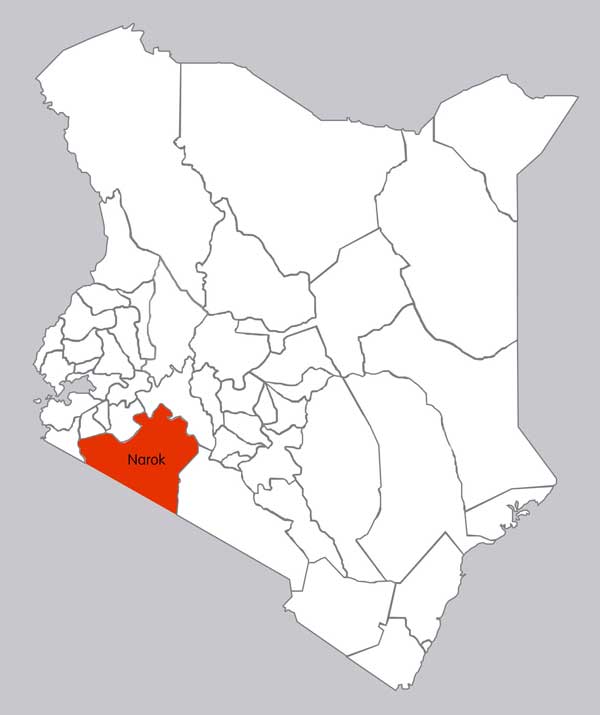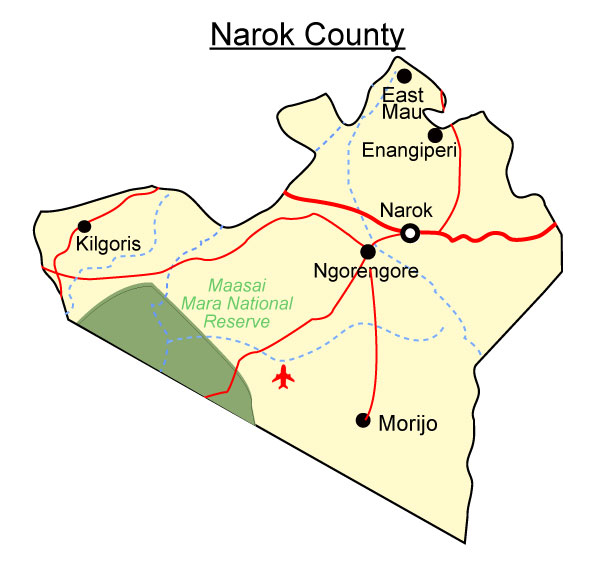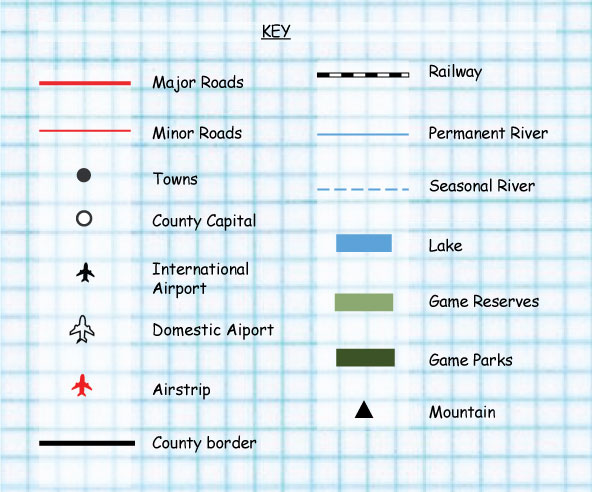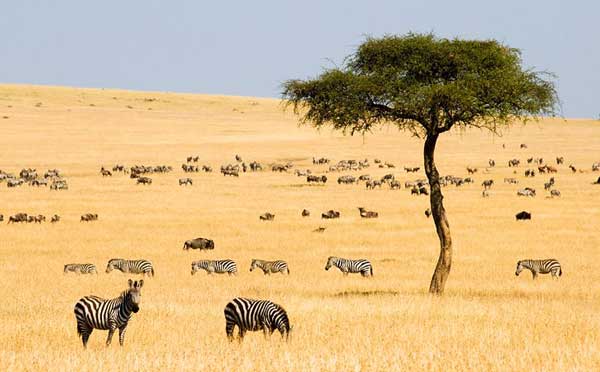Narok County
Introduction
Narok County has a population of 850, 920. Its capital and largest town is Narok.
Along with Kisii County, Narok County has been identified as having the highest level of practice of female genital mutilation in the country.

Constituencies
- Narok North Constituency
- Narok South Constituency
- Narok East Constituency
- Narok West Constituency
- Emurua Dikirr Constituency
- Kilgoris Constituency
Physical features
Rivers
Mountains
Hills
Plains
Valleys
Importance of physical features
- Tourist attraction hence a generation of revenue to the county
- Provided a natural habitat wildlife
- They were used as places of worship
Types of natural vegetation
- Desert vegetation
- Forest vegetation
Importance of the vegetation
- The forests are home to wild animals
- Cattle, sheep and goats graze in the forest
- Provided wood for domestic use
- Source of food also. Women gathered fruits from the forest for their families
Map of distribution of the physical features.


People and population
The language groups
- Maasai are the prominent tribe in the area, though it is located near an area inhabited by the Gusii people.
Areas of high population density
- Kilgoris and Narok is the town with high population density.
Areas of low population density
Social relations and cultural activities
Traditional way of life of the people
Food
- The traditional Maasai diet consists of six basic foods: milk, meat, fat, blood, honey, and tree bark. Both fresh and curdled milk are drunk. Fresh milk is drunk in a calabash (gourd) and is sometimes mixed with fresh cattle blood.
Dressing
- Every Maasai does not wear the exact same clothes, but there are a few common traits. For example, most Maasai wear the color red because it symbolizes their culture and they believe it scares away lions. Also, most of the men wear a shuka, which is a red robe. The women wear clothes that are colorful and decorated with beads. The women also wear capes.
- Men, women and children all wear their hair in different ways. Women and children keep their hair shaved or very short. Warriors wear their hair in braids that are dyed red.
Songs and dances
- There are many different Maasai dances, but most of them have some things in common. Most of the time, singers stand in a line, and one person at a time will jump as high as they can. They all dance as long as possible, and the warriors can keep going for hours.
- Maasai dancing is interesting because it is so relaxed. While some dancers pay close attention to the music, singing and dancing, others just giggle. Some warriors might talk with their friends in the middle of the dance.
Traditional medical practices
- The Maasai have a long and rich culture and healing tradition. They are well known for their semi-nomadic pastoral lifestyle. The have a vast apothecary of plant-based medicine and mind-body healing practices that have traditionally kept their people amazingly well in the challenging and often harsh living conditions.
Ceremonies
When a Maasai child is born, he/she is not given an official name; rather, the child is given a temporary name, which is called the Embolet, meaning an opening. From the day of his birth, until the naming ceremony is held, the child will be referred to using the Embolet name. Maasai children are not all the same age when their naming ceremony is held.
The Eunoto ceremony marks the end of one age-set's period of active junior warrior, and their promotion as senior warriors (sometimes called junior elders). For those involved, the ceremony is the beginning of their acceptance into full adult life, which will culminate if they live long enough in their respected status as senior elders. Completion of the ceremony entitles them to take wives and raise families, although for many it also marks the end of the most privileged time of lives.
Festivals
The Maasai generally don't use musical instruments when they are singing or dancing. All of their music is vocal, except for a large horn that is used for certain songs.
Resources and economic activities
Agriculture
Main cash crops and food crops grown
- Maize
- Wheat
- Barley
- Sugarcane
Areas where the cash crops are grown
Types of livestock kept
Fishing
Areas where fishing is practiced
Forestry
The major forests
Wildlife and Tourism
The types of wildlife
- Maasai lions, African leopards and Tanzanian cheetahs, and the annual migration of zebra, Thomson's gazelle, and wildebeest to and from the Serengeti
- All members of the "Big Five" (lion, leopard, African elephant, Cape buffalo, and black rhinoceros) are found in the Maasai Mara.
Game parks and reserves
Tourist attractions

Industries
Traditional industries and the products
- Tourism
- Gold mining in Lolgorian and Kilimapesa, and sand harvest
- Farming - wheat
Trade
The major trading centres



